Creating the ideal pasture for horses requires thoughtful planning, ongoing maintenance, and a clear understanding of equine needs throughout the year. A well-designed pasture not only delivers essential nutrition but also encourages natural behaviors, promotes physical activity, and provides mental stimulation for these remarkable animals. Whether you’re managing a small hobby farm or a large equestrian facility, building a horse-friendly pasture that can endure all four seasons will enhance your horses’ well-being, lower maintenance costs, and support a sustainable grazing system. This comprehensive guide covers the key elements of designing and maintaining pastures that keep your horses healthy, happy, and safe year-round.
Understanding Your Horse’s Pasture Needs

Horses are natural grazers, evolved to spend 16 to 20 hours a day consuming small amounts of forage while continuously moving. This behavior supports both their digestive health and mental well-being, making thoughtful pasture design essential to their overall care. On average, each horse needs 1.5 to 2 acres of well-managed pasture to meet their nutritional and exercise needs, though this can vary depending on soil quality, climate, and management practices. A high-quality pasture can supply roughly 70–80% of a horse’s nutritional requirements, helping reduce feed costs while promoting natural behaviors. Recognizing these fundamental needs is key to developing a functional, sustainable pasture system that works with your horses’ instincts—not against them.
Assessing Your Land and Climate Conditions

Before designing your pasture, begin with a thorough assessment of your property’s unique features and local climate. Conduct detailed soil tests to determine pH, nutrient levels, and composition—information that will guide your fertilization and soil amendment plans. Map out drainage patterns, noting low-lying areas prone to mud and higher ground that stays dry during wet seasons. Take into account your region’s typical rainfall, seasonal temperature extremes, and the length of the growing season, as these factors play a key role in forage selection and pasture management. This foundational assessment will equip you to make informed decisions about layout, forage types, and seasonal strategies tailored to your land’s specific conditions.
Designing Optimal Pasture Layout and Rotation Systems
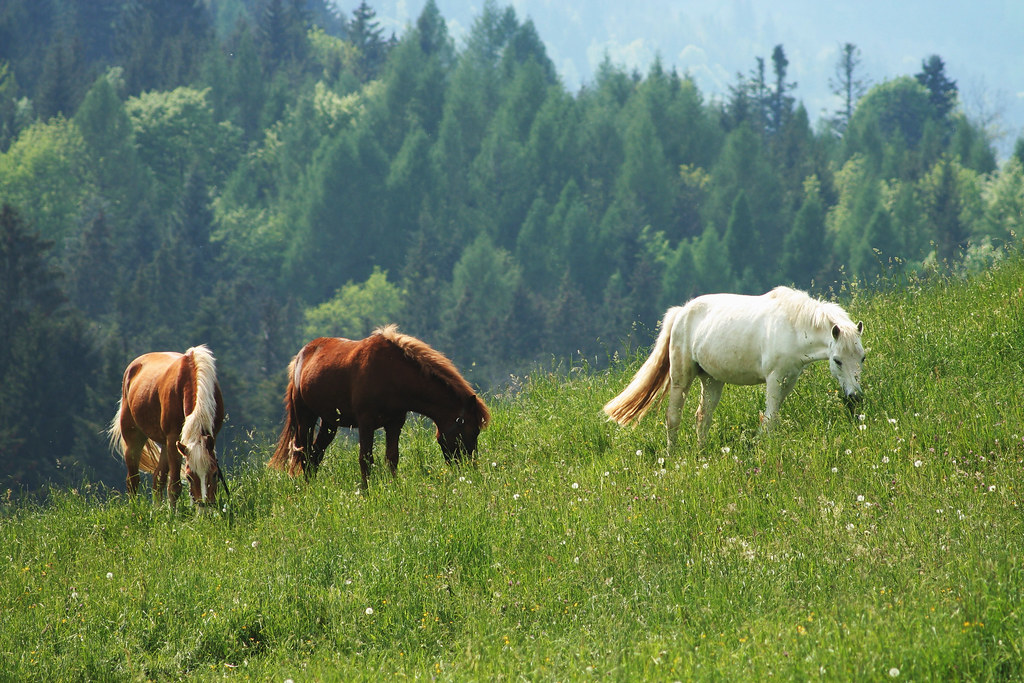
Effective pasture layout starts by dividing your land into multiple paddocks rather than leaving it as one large, continuous space. This rotational grazing approach allows sections to rest and regrow while others are in use, significantly enhancing both forage quality and yield. Each paddock should have access to shelter, shade, and water, with well-drained footing in high-traffic zones to minimize mud and wear. Incorporate connecting lanes or corridors to enable safe movement between areas while protecting sensitive sections from overgrazing. A well-planned rotation system typically provides 2 to 4 weeks of rest per paddock, though this may vary depending on seasonal growth rates and forage recovery. With thoughtful planning, even small properties can maintain productive pastures and better meet their horses’ needs year-round.
Selecting the Right Forage Varieties for Year-Round Grazing
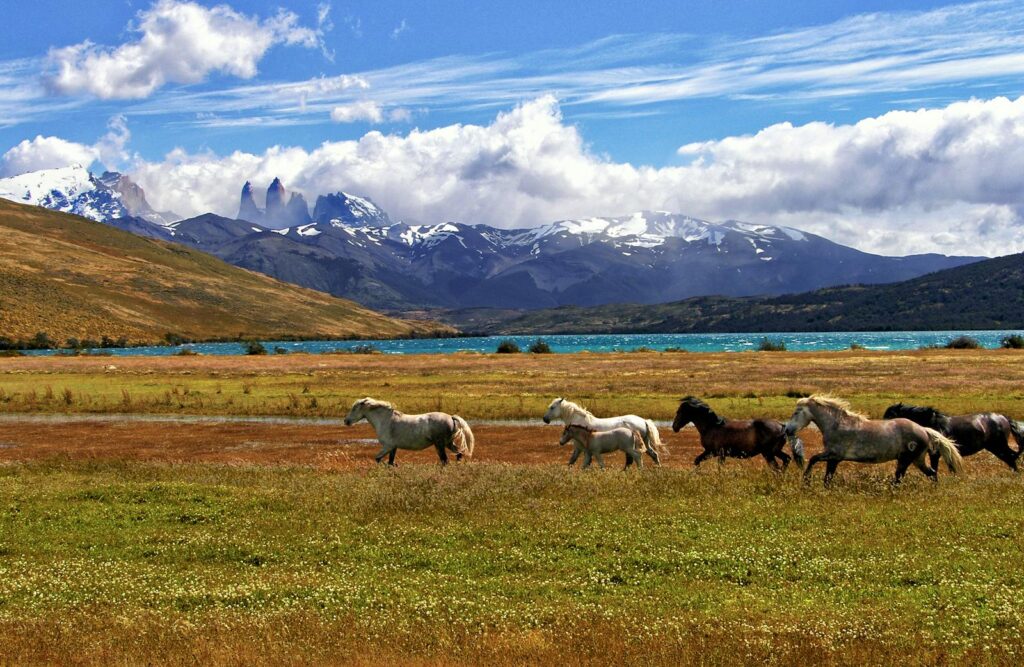
Creating a diverse pasture with a mix of forage species offers superior nutrition and a longer grazing season compared to monoculture systems. For cool-season coverage, include hardy grasses like orchardgrass, timothy, Kentucky bluegrass, and perennial ryegrass—varieties that thrive in spring and fall and can remain productive during mild winters. Pair these with warm-season species such as bermudagrass, bahiagrass, or crabgrass, which flourish during hot summer months when cool-season grasses typically go dormant. Adding legumes like white clover, red clover, or alfalfa enhances protein content and helps fix nitrogen in the soil, reducing the need for synthetic fertilizers. This strategic combination ensures that different plants reach peak growth at different times, extending the grazing season and providing consistent nutrition throughout the year.
Spring Pasture Management Strategies

Spring demands attentive pasture management, as rapid growth and shifting soil conditions create unique challenges. Start by gradually introducing horses to lush spring grass to prevent digestive issues like colic or laminitis—limit initial grazing to 30–60 minutes, increasing exposure slowly over two to three weeks. Apply recommended fertilizers early in the season based on soil test results, but avoid nitrogen-heavy applications that encourage excessive, low-fiber growth. Maintain a regular mowing schedule to keep grass between 4 and 8 inches tall, preventing it from becoming overly mature and stemmy, which lowers both palatability and nutritional value. Spring is also an ideal time to overseed thin or bare spots, taking advantage of seasonal moisture for optimal germination—just be sure to keep horses off these areas until new growth is firmly established.
Summer Pasture Challenges and Solutions

Summer heat and drought can significantly reduce pasture productivity, making adaptive management essential. Adjust your rotation schedule to allow longer recovery periods during slow growth, helping prevent overgrazing that can permanently damage stressed plants. Maintain grass at a height of 6 to 8 inches to shade the soil, reduce evaporation, and keep root systems cooler—key factors in improving drought resilience. When pasture growth slows, provide supplemental feed to avoid overgrazing, which can further harm vegetation and delay recovery. Consider installing shade structures or planting trees in well-planned areas away from fences to offer horses relief from the sun without risking damage to fencing.
Fall Preparation for Winter Pasture Survival
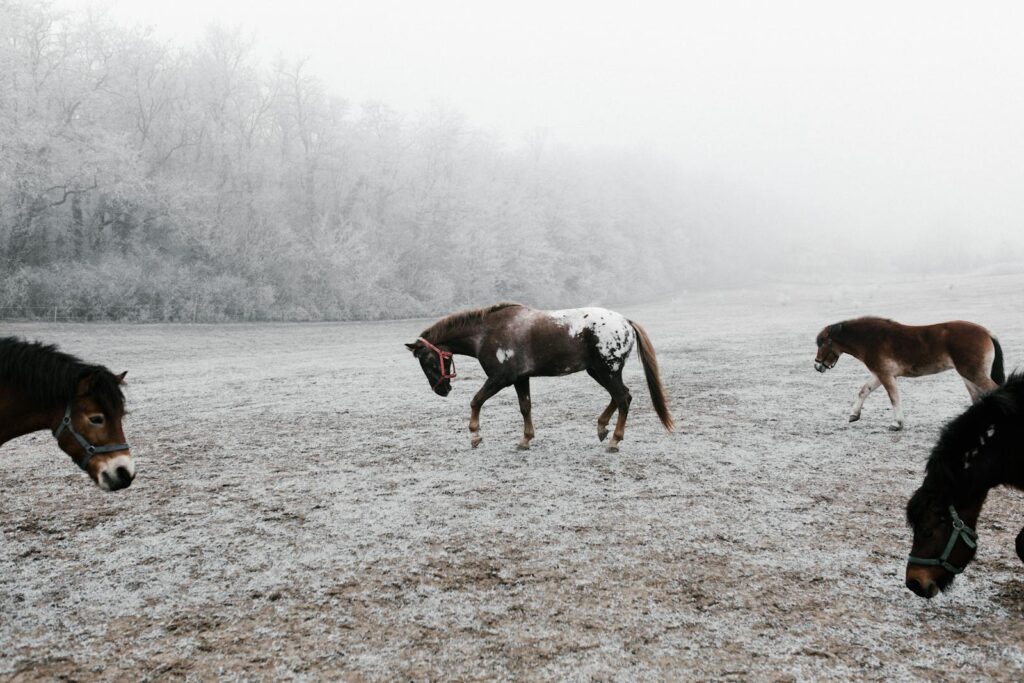
Fall pasture management lays the foundation for winter survival and strong spring recovery. Apply a final round of fertilizer based on soil test results—typically emphasizing potassium and phosphorus to support root growth and winter hardiness, rather than nitrogen, which encourages late-season leaf growth. Allow grasses to grow slightly taller (5–8 inches) heading into winter to help insulate the crown and root systems from freezing temperatures. Plan renovation tasks such as overseeding and aeration for early fall, when soil temperatures are still warm enough for germination and moisture levels are more favorable. This is also the time to identify and prepare sacrifice areas for winter turnout, preserving the rest of the pasture from damage during wet, frozen, or dormant periods when plants cannot recover from grazing.
Creating Effective Winter Sacrifice Areas
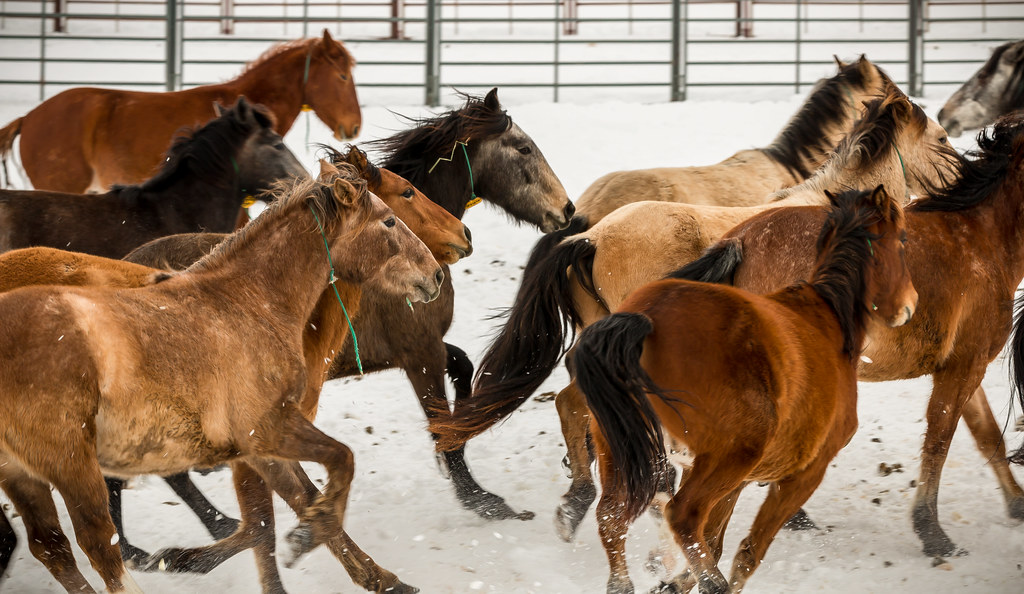
Winter sacrifice areas are designated spaces where horses can move and spend time outdoors without damaging dormant pastures. Choose well-drained, slightly elevated ground and install engineered footing—such as crushed stone over geotextile fabric, topped with sand, stone dust, or woodchips—to minimize mud. Incorporate drainage systems that channel water away from these high-traffic zones to prevent standing water and ice buildup. Each area should provide a minimum of 600 square feet per horse—enough for movement, but small enough to manage efficiently. Place hay feeding stations on firm surfaces like rubber mats or concrete pads to reduce waste and avoid muddy, unsanitary conditions that can promote parasites and bacteria.
Water Management for Year-Round Pasture Health
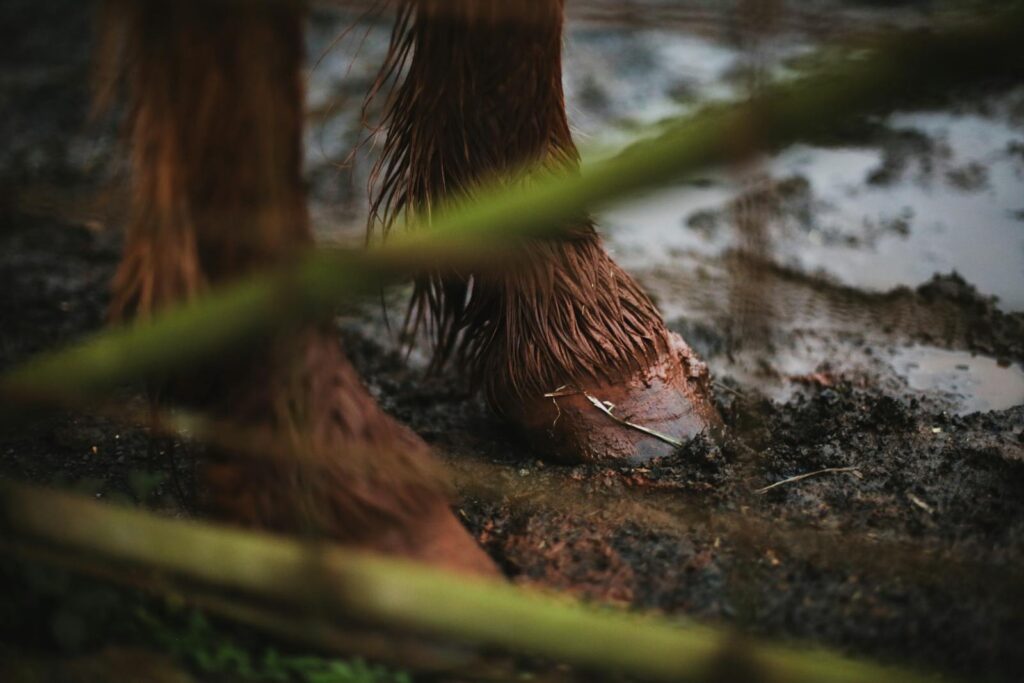
Effective water management is essential for maintaining pasture health through seasonal extremes. In low-lying areas prone to saturation, install drainage systems such as French drains, swales, or subsurface piping to redirect excess water away from grazing zones. Consider implementing rainwater collection systems during wet seasons to store water for use during dry periods, reducing reliance on external supplies. Position automatic waterers or troughs on slightly elevated, stable ground, using crushed stone or concrete bases to prevent mud buildup in high-traffic areas. Protect natural water sources like streams or ponds with fenced buffer zones, and provide controlled access points to prevent erosion, contamination, and overuse while still supplying water to adjacent paddocks.
Building Weather-Resistant Shelters and Windbreaks
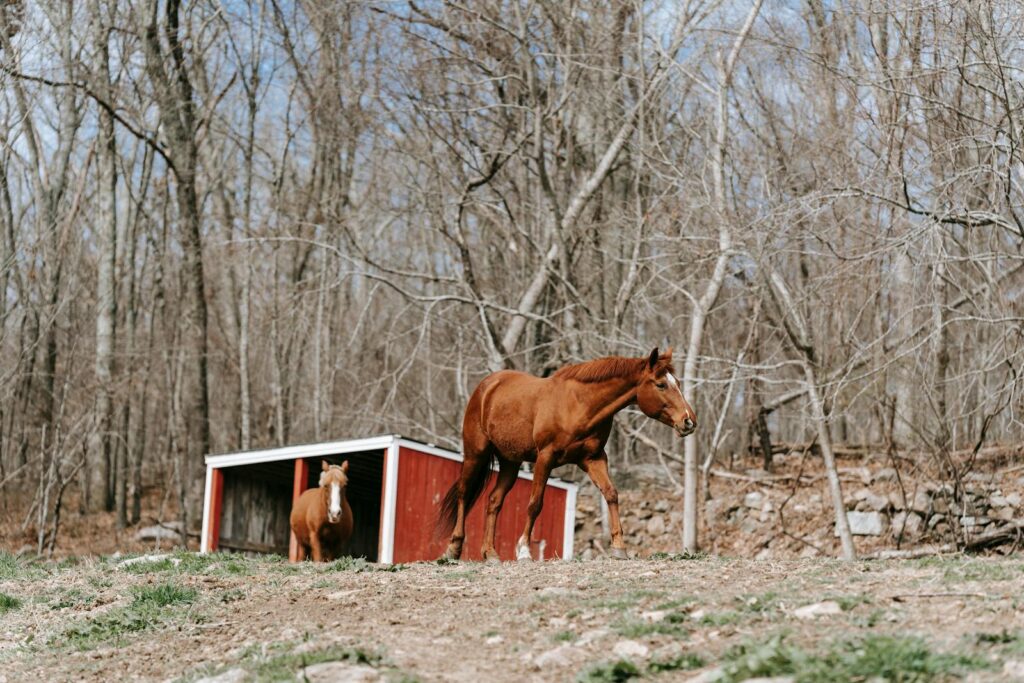
Strategic shelter placement throughout your pasture system protects horses from extreme weather and promotes more even grazing distribution. Design three-sided run-in sheds that face away from prevailing winter winds but are positioned to capture cooling breezes in summer. Each shelter should provide at least 12×12 feet per horse to minimize crowding and reduce dominance-related conflicts. In areas prone to strong winds, install sturdy windbreaks using natural elements like hedgerows or constructed barriers such as solid fencing to reduce wind chill and shield both horses and vegetation. Distribute multiple shelters across different paddocks rather than relying on a single central structure, ensuring all horses—regardless of herd hierarchy—have access to protection during harsh weather. All shelters should include proper drainage and footing materials, such as crushed stone topped with stone dust or rubber mats, to maintain dry, stable surfaces and prevent mud accumulation.
Fencing Considerations for Safety and Pasture Management

Effective fencing not only contains horses safely but also supports proper pasture management throughout the changing seasons. Choose materials suited to your climate, such as vinyl, wood, or coated wire that won’t contract excessively in cold weather or become brittle in extreme temperatures. Whenever possible, install fence lines that follow natural contours rather than cutting across slopes, as this helps reduce erosion and simplifies maintenance. Gates should be at least 12 feet wide to allow equipment access for mowing, dragging, fertilizing, and other seasonal upkeep. Consider adding electric top wires to perimeter fences and between paddocks to discourage leaning, chewing, and other fence-damaging behaviors, while also enabling flexible, cost-effective divisions for rotational grazing systems.
Integrating Natural Features and Enrichment
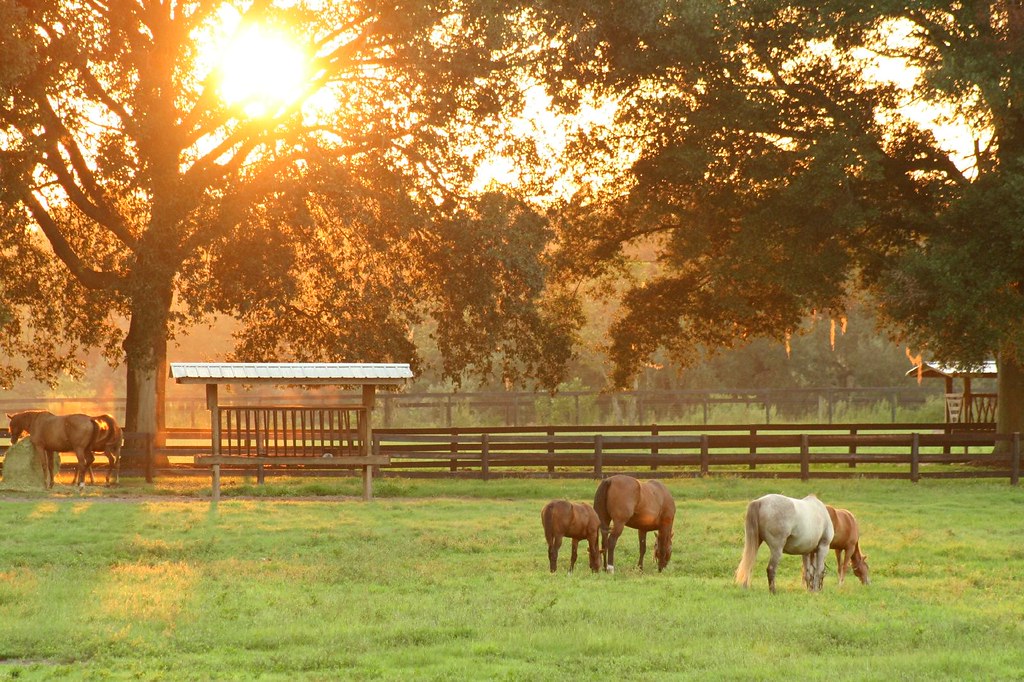
Natural landscape features enhance both pasture functionality and equine well-being when thoughtfully incorporated into your design. Preserve existing mature trees in strategic locations to provide shade during summer months, while selectively removing those that excessively shade pasture areas and reduce forage production. Create gentle slopes and varied terrain to encourage natural movement and exercise, helping develop different muscle groups, while being careful to avoid steep areas that could cause erosion or injury. Incorporate natural scratching posts, like strategically placed logs or commercial grooming stations, to satisfy instinctive behaviors and prevent horses from damaging fences or trees. These natural features not only improve the aesthetic appeal of your property but also contribute significantly to your horses’ physical and mental well-being throughout the seasons.
Monitoring and Adapting Your Pasture Management Plan
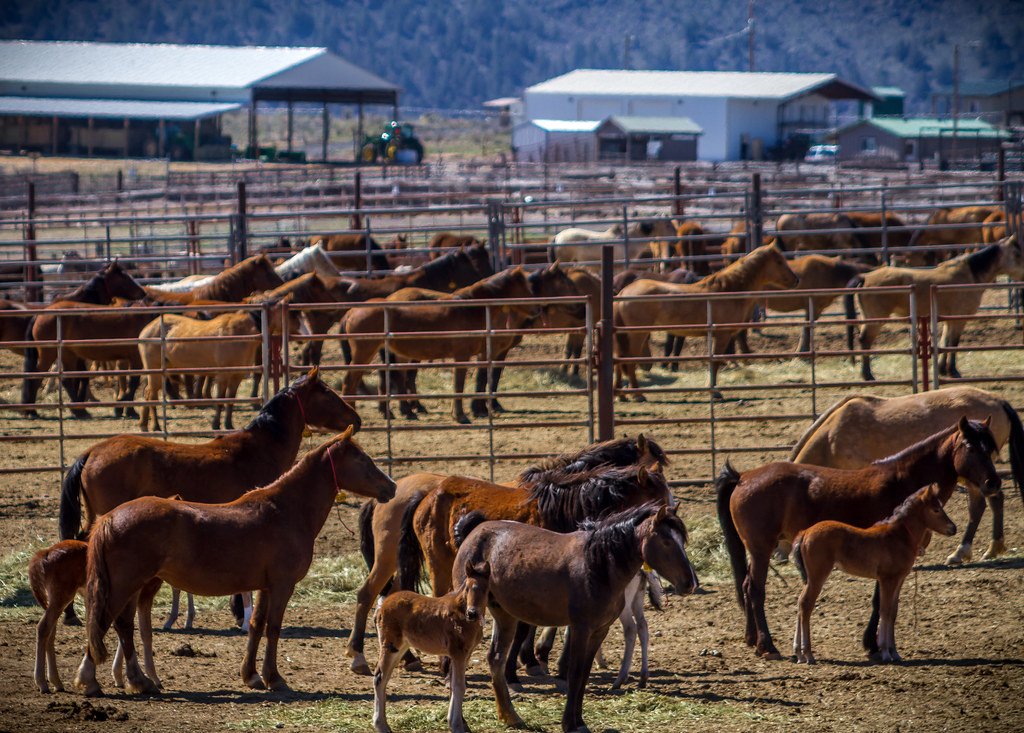
Successful pasture management requires ongoing observation and adaptability as conditions shift throughout the seasons. Implement a regular monitoring schedule to assess grass height, plant composition, and signs of stress or overgrazing, using simple tools like grazing sticks or photo documentation to track changes objectively. Keep detailed records of weather patterns, management practices, and pasture responses to inform future decisions and identify emerging trends before they become problematic. Develop contingency plans for extreme weather events—such as drought, flooding, or unseasonable temperatures—that may require adjustments to your grazing rotation, supplemental feeding, or horse turnout schedules. This adaptive management approach enables you to continuously refine your pasture system based on direct observations rather than relying solely on generic recommendations that may not suit your specific conditions.
Economic and Sustainability Considerations
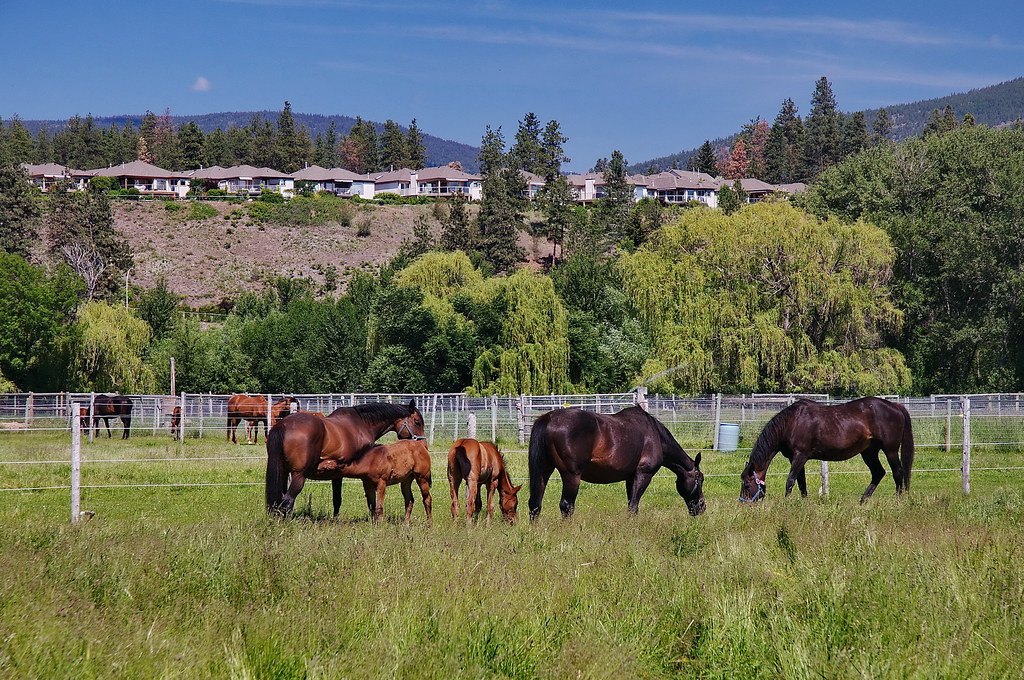
A well-designed pasture system is a significant investment that yields substantial returns in reduced feed costs, improved horse health, and sustainable land use. When considering upgrades like drainage systems, fencing, or forage renovation, conduct a cost-benefit analysis—these improvements often pay off through longer grazing seasons and reduced reliance on supplemental feed. Implement environmentally sustainable practices such as rotational grazing, proper manure management, and minimal chemical use to maintain or improve soil health and water quality over time. Look into conservation programs through organizations like the Natural Resources Conservation Service (NRCS), which may offer technical support and cost-sharing opportunities for improvements that align with conservation goals. This balanced approach ensures your pasture system remains both financially viable and ecologically responsible for years to come.
Creating and maintaining horse-friendly pastures across all seasons is where agricultural science, animal husbandry, and environmental stewardship come together. By understanding your horses’ natural needs, applying seasonal management strategies, and adapting to changing conditions, you can build a pasture system that consistently supports equine health and land productivity. Remember that improvements often happen gradually—start with essentials like rotational systems, water management, and forage selection before pursuing more advanced enhancements. With patience, observation, and consistent care, your pastures can become the foundation of your horse management program, providing nutrition, movement, and enrichment through every season.







